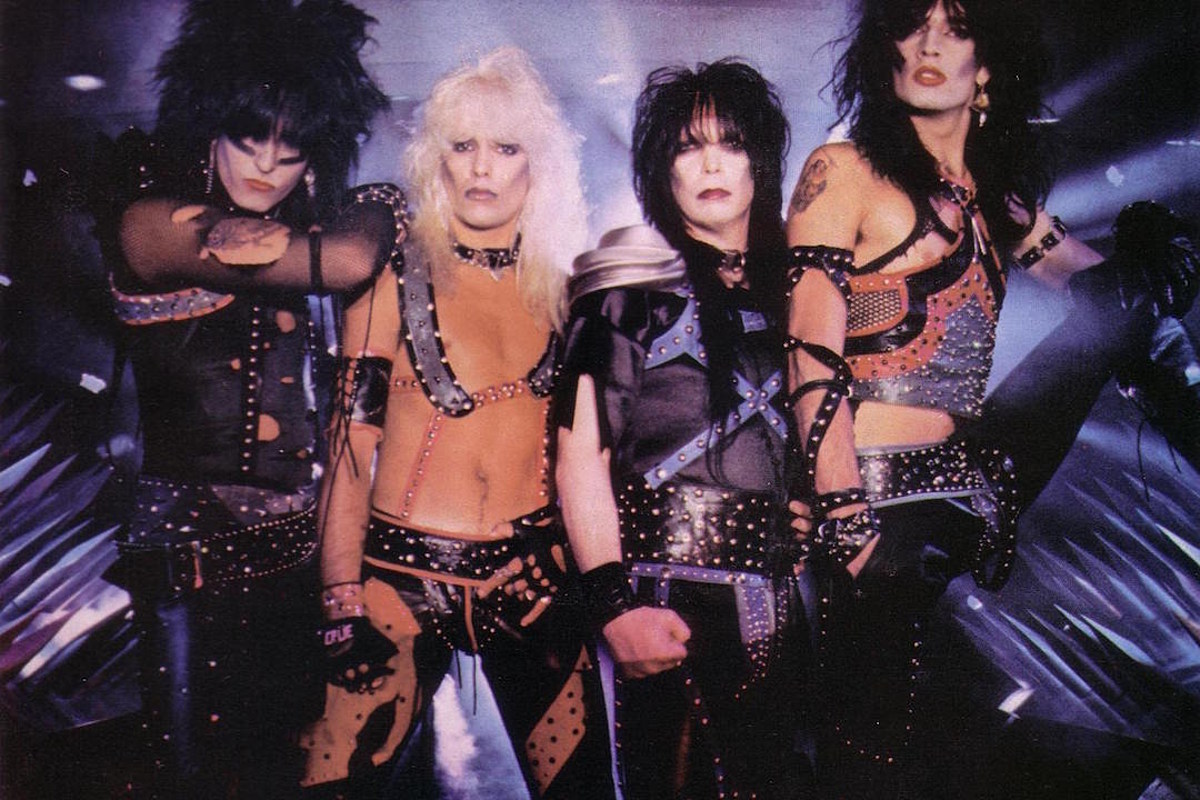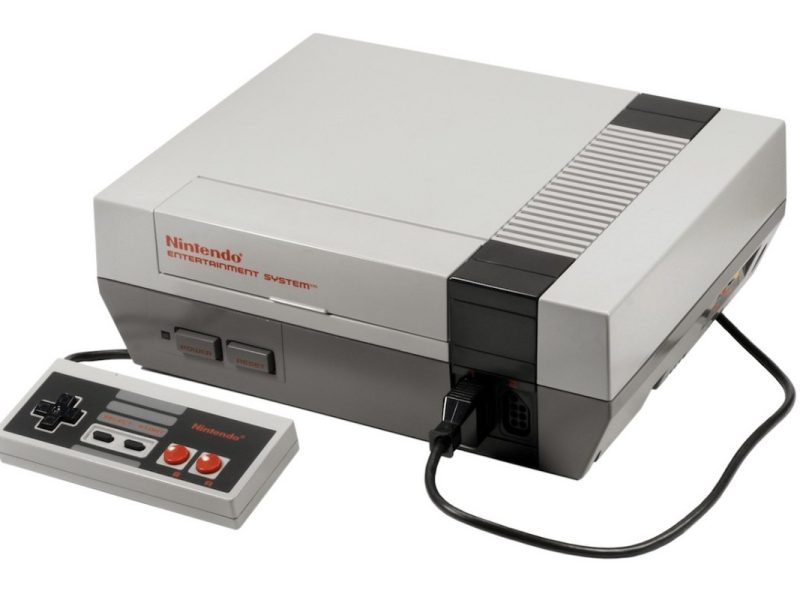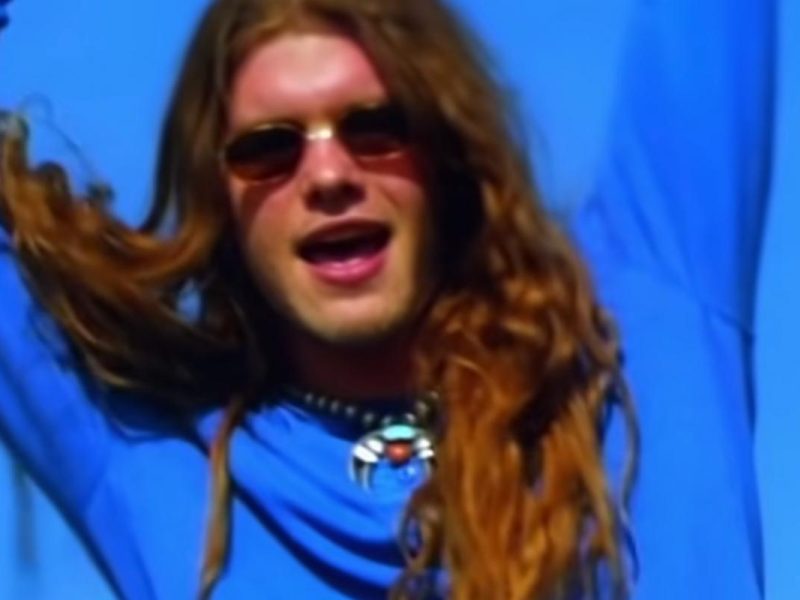When Motley Crue released Shout at the Devil in September 1983, they already wanted to rule the world. But they’d endured such desperate living conditions while scratching and clawing their way out of the Hollywood gutter that just earning enough money to buy a sandwich probably still felt pretty exciting.
Even a single listen to Shout at the Devil was enough to convince most anyone that it was bound to become a classic. But Motley Crue did more than deliver on that conviction. They captured the very zeitgeist of a looming commercial hard-rock revolution with the ultimate L.A. glam metal album.
Early scene champions (and chart-toppers) Quiet Riot, and even promising peers like Ratt or Dokken, were fated to flare and fizzle relatively quickly. Meanwhile, Motley Crue found a way to successfully ride out the decade as the definitive ‘80s hair band – only challenged near the finish line (1988, to be exact) by Guns N’ Roses’ unprecedented, if altogether different, rise to global domination. Along the way, Motley miraculously skirted numerous disasters (Crue bassist Nikki Sixx’s multiple overdoses, the Vince Neil car crash that killed Hanoi Rocks drummer Razzle, etc.) while delivering one multi-platinum album after another.
How ‘Shout at the Devil’ Launched Motley Crue to Stardom
It all began, however, with the template-setting Shout at the Devil. Recorded in the immediate aftermath of the band’s signing to Elektra following the impressive underground response to 1981’s independently released Too Fast for Love debut, Shout at the Devil upgraded every aspect of Motley Crue’s approach: their songwriting, their image, the production – you name it. Of course, the black pentagram cover art, the title track, their “Helter Skelter” cover and “God Bless the Children of the Beast,” a Mick Mars’ instrumental showpiece, all courted press-generating controversy with conservative groups. But Motley Crue had their eyes set on the prize: delivering hits.
Watch Motley Crue’s ‘Looks That Kill’ Video
Yes, their songs were unquestionably provocative (“Too Young to Fall in Love,” “Ten Seconds to Love”) and dangerous (“Bastard,” “Knock ‘em Dead Kid,” “Danger”) and heavy (“Red Hot,” “Looks That Kill”), but they were hits nonetheless. Each boasted an irresistible fusion of heavy metal power, punk rock attitude and massive hooks. Meanwhile, provocative, androgynous band photos strategically placed in gatefold technicolor behind that aforementioned pentagram sealed the deal with female fans.
Motley Crue became the first heavy metal band to truly cross over from the male to female audience, which automatically doubled the band’s fan-base-building prospects.
READ MORE: Top 30 Glam Metal Albums
All commercial considerations aside, though, Shout at the Devil remains a spectacular LP in the purely musical sense – especially in light of the increasingly disappointing tunes that dominated subsequent albums. By then, chief songwriter Sixx was focusing all of his energies on consuming drugs and other vices instead of producing great music. Luckily, he and his bandmates managed to survive these travails long enough to turn their personal lives around and carry on prospering for decades – endless band breakups and makeups notwithstanding.
When all is said and done, however, Shout at the Devil will undoubtedly stand as the be-all, end-all of Motley Crue’s long career.
Motley Crue Albums Ranked
We look back at everything from Too Fast for Love to Saints of Los Angeles to see which albums hold up best all these years later.
Think You Know Motley Crue?



